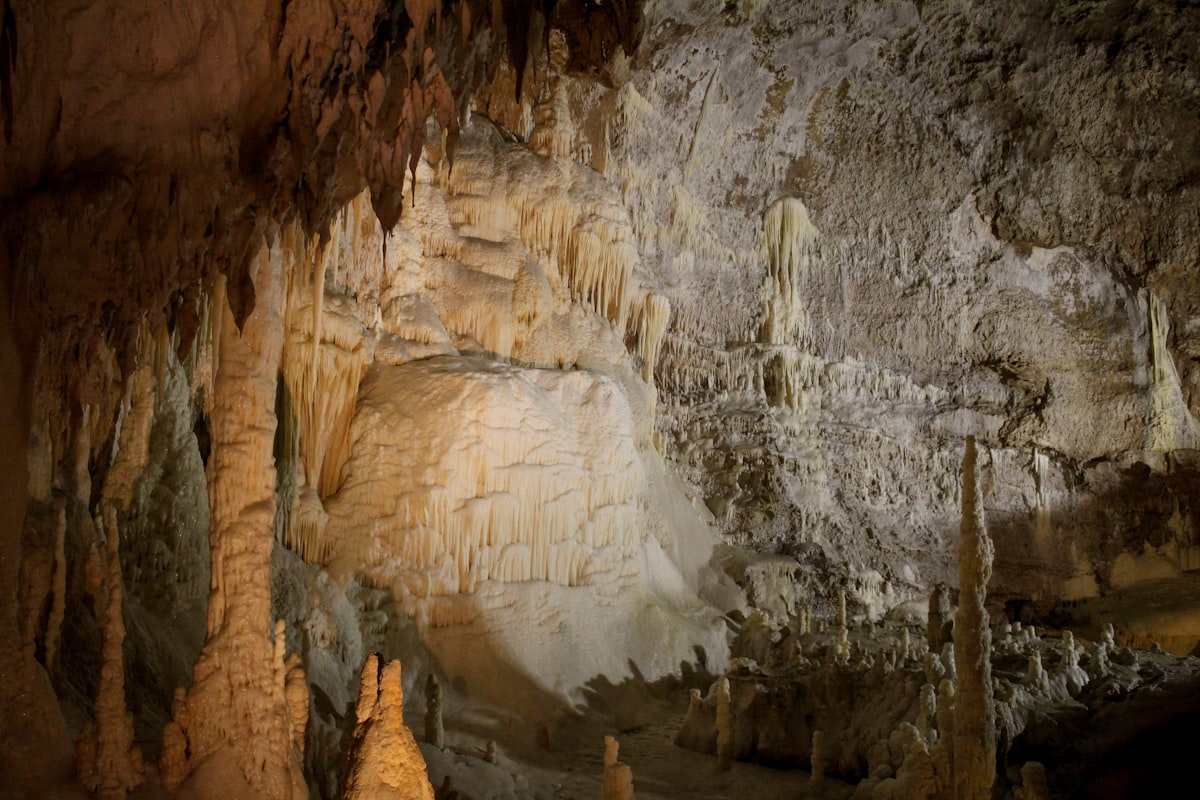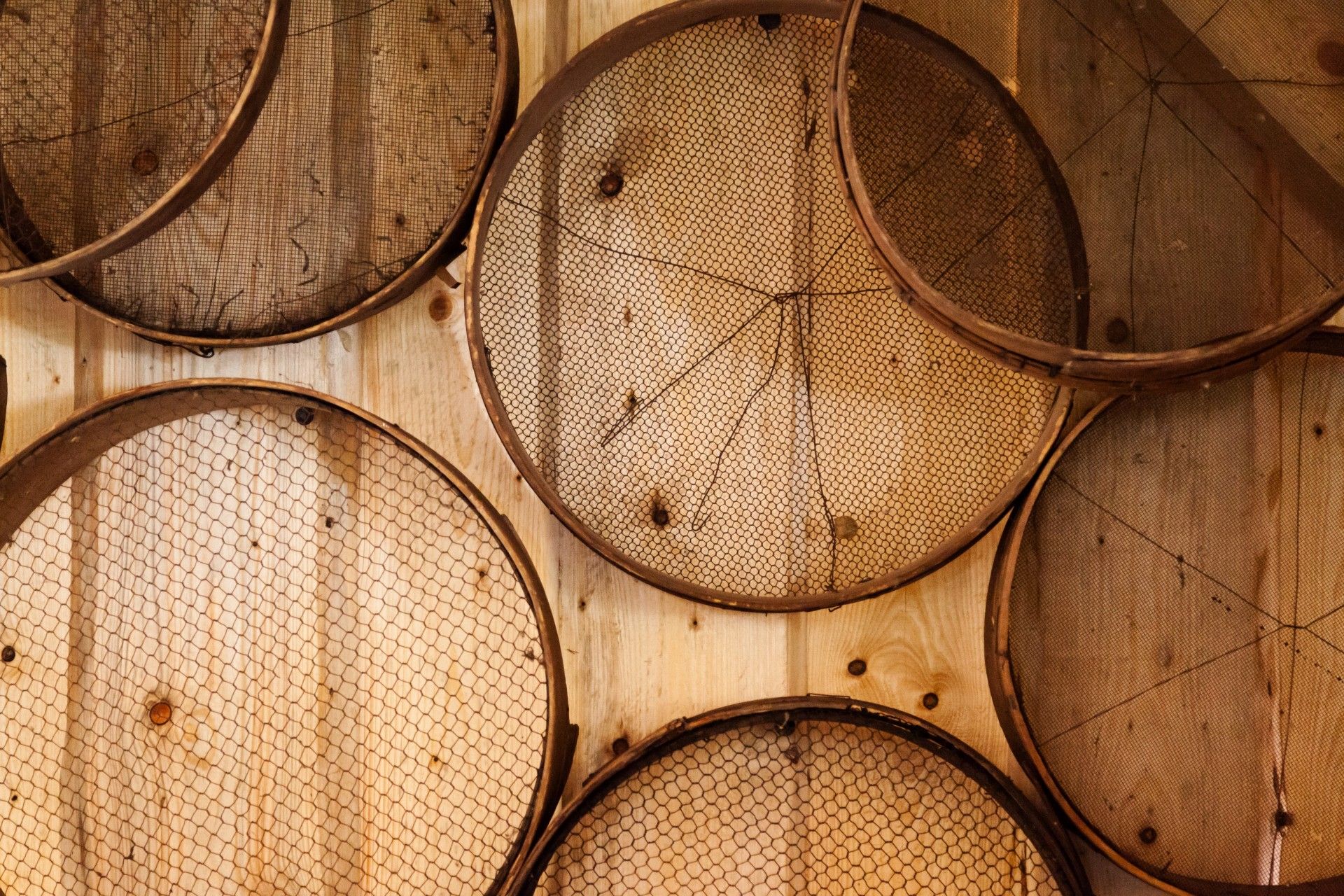VIII: Limestone
The origin of toothpaste involves a rock star.

Good morning. Today is octidi, the 18th of Nivôse, Year CCXXXI. We celebrate Pierre à chaux, a calcium rich rock that can slowly flow.
Toothpaste, as we know it, was invented by a rock star.
A little over 1,200 years ago, a boy was born somewhere near Baghdad under anonymous circumstances – maybe slavery, maybe poverty – but somehow became an apprentice to a famous musician in the Abbasid caliphate. Nicknamed Ziryab ("blackbird," a reference to his very dark complexion and sweet singing voice), the kid made the most of his tutelage, becoming something like the Mozart of the Middle East. His songwriting and performing prowess became so renowned that the caliph jealously exiled him from Baghdad. The young musician packed up his oud (a four-stringed lute) and sought his fortunes in the New World ... which, in the 9th century Muslim world, meant Spain.
He hit al-Andalus, as Islamic Iberia was then known, like a firestorm, immediately impressing the local poobas and nobles with his musical abilities, appearance, and sheer charisma. He was given a music school so he could teach his reported 10,000 compositions to a new generation of musicians, and from there, he used his influence as a teacher to, I'm not making this up, invent half of European culture.



